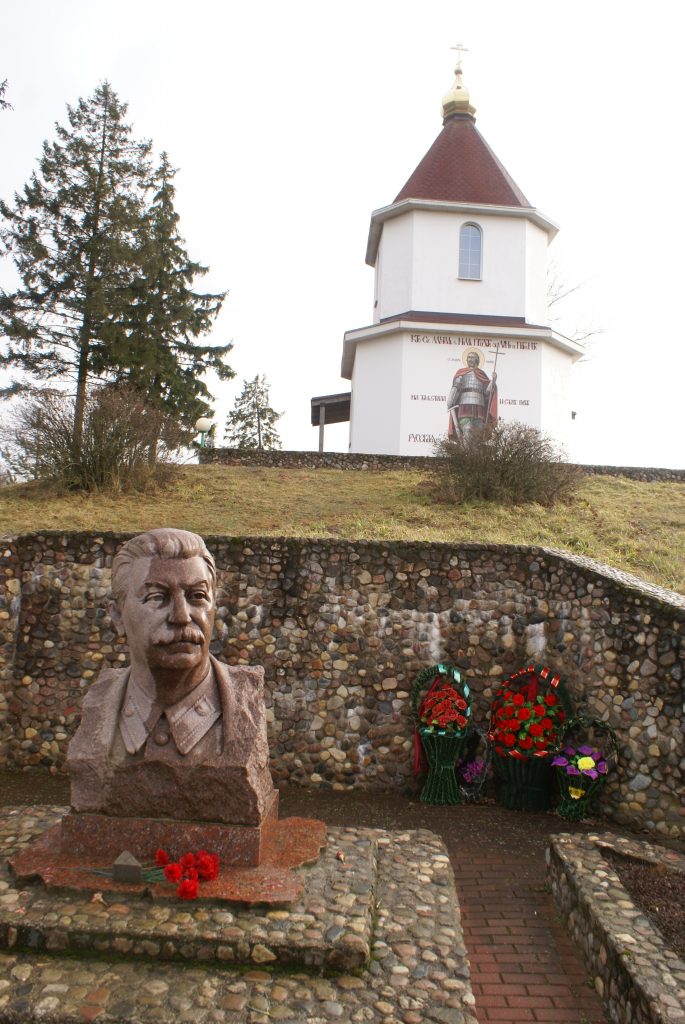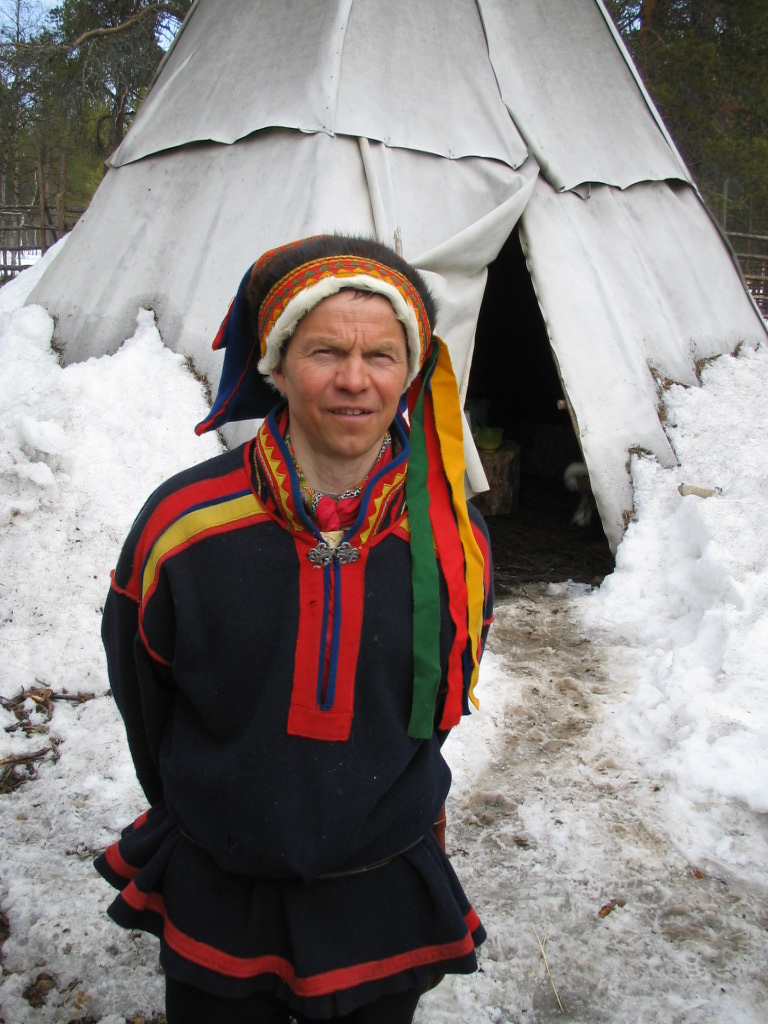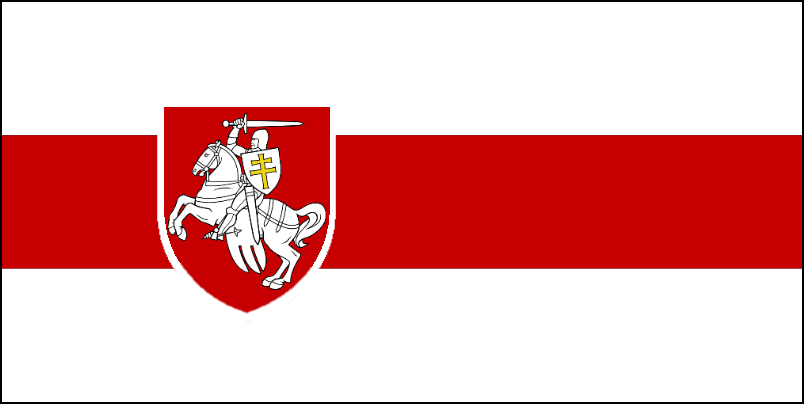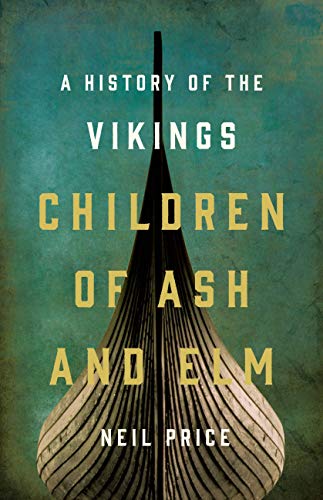History is being made these days in Belarus and inevitably whoever comes out on top will have his own of history canonized. The current conflict between Westernizers and Pro-Russian groups goes back over 100 years, each faction viewing historical events in very different terms. The difference between the two is recounted in an article late last year by Moscow-born University of Radford Professor Grigory Ioffe called “Split Identity and a Tug-of-War for Belarus’s Memory.”
https://jamestown.org/program/84916/
For the pro-Russians, the history of Belarus goes back to the Polotsk principality, which was subservient to the Kyivan Rus, the precursor to both modern day Ukraine and Russia. For centuries after the collapse of Kyiv, most of Belarus was occupied by Lithuanians and Poles before being liberated by the Russians in the 18th Century (and again during World War II). The official view, quite neatly, sees Kyiv, Novgorod and Polotsk as separate ancestors of the three eastern Slavic states of Ukraine, Russia and Belarus.
For the Westernizers, the county’s history also begins with Polotsk but here the connection with Kyiv is downplayed. St. Volodymyr is seen to have incorporated the principality against the wishes of the populace (as related in the Primary Chronicle) and so a heritage of resistance to foreign authority is established. Conversely, the union with the Lithuanians and the Poles in the later Middle Ages is seen as having been on equal terms, making Belarus a full member of the Polish-Lithuanian Commonwealth. In this narrative, Russia comes the main enemy and the many uprisings of the Poles against the Russians in the 19th Century are seen as joint Polish-Belarusian affairs.
According to Belarusian philosopher (and Westernizer) Valantsyn Akudovich, the former view appeals more to Belarusians as it allows them to be a part of the glory of Russian and Soviet Empires rather than its victims.
Svetlana Tikhanovskaya’s move to Lithuania and Lukashenko’s calls for assistance to Russia can be the seen as the latest chapter in the long running debate about whether Belarus’ history runs through the Grand Duchy of Lithuania or Muscovy, and whether its future belongs to the Westernisers or pro-Russians.

St. Vladimir and Comrade Stalin




